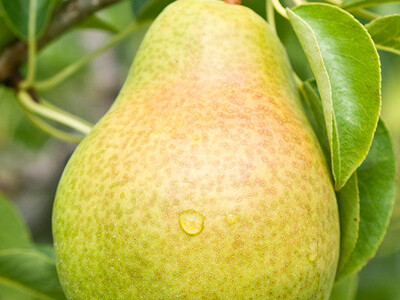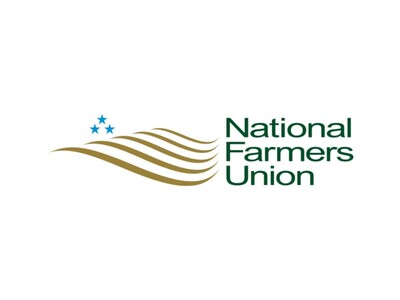Honeybee Research WSU Pt 2
From the Ag Information Network, this is today’s Fruit Grower Report. The honeybee population faces challenges, like we all do, but the list appears to be manageable.Brandon Hopkins, a researcher at the WSU Apiary Program, says they break the challenges down into what they call the “4 P’s” … and the first is …
HOPKINS … “Poor nutrition, which involves a lot of really big issues around forage, nutrition, the availability of flowers basically. And it’s a complicated issue because it’s urbanization, land use, farming practices, all sorts of things.”
The next P, Hopkins says is Pests and Pathogens …
HOPKINS … “So, that’s like those Varroa Mites. That’s certainly one of the biggest issues, for sure. Like these ticks that feed on honeybees and transmit disease and have to be managed constantly. And then a large suite of other pathogens like viruses and bacterial and fungal pathogens.”
Then comes the scary P … Pesticides …
HOPKINS … “Agriculture has gotten much better at communication between growers and beekeepers. The licensing process to be a pesticide applicator involves lots of pollinator, pest management education. And labels are meant to protect pollinators. And so all of that stuff has added up to, I think, reducing a lot of the risks associated with pesticides.”
Hopkins says the last P is the People involved from the beekeepers to everyone involved in protecting pollinators.

















